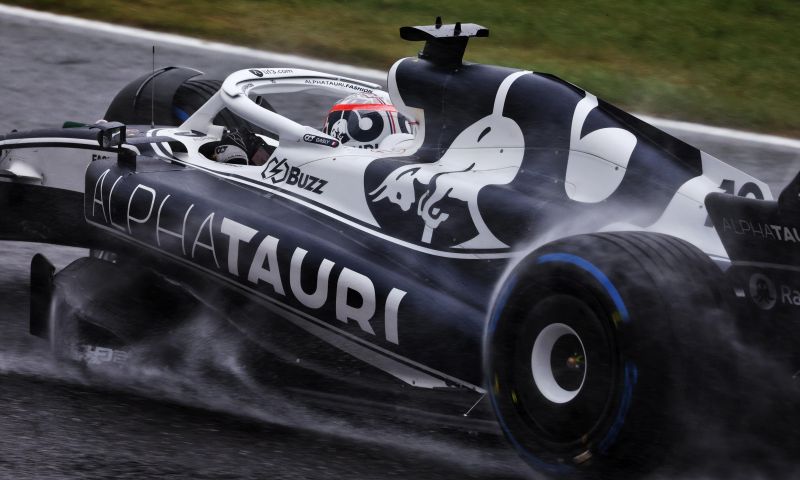FIA admits tractor deployment in Japan should have been postponed
F1 News

- GPblog.com
The FIA has published a comprehensive report on the investigation into the events at the Japanese Grand Prix. The on-track tractor incident caused a stir. The FIA admits that several things need to be handled differently in the future.
After Carlos Sainz's crash, the safety car entered the track in the opening laps of the race. However, not all drivers got the chance to join the safety car train before recovery vehicles and marshals appeared on the track. It created a dangerous situation in which Pierre Gasly, who had a bigger gap due to his pit stop, drove past a tractor at a tremendous speed.
In the report the FIA writes the following: "The review concluded that all FIA race procedures were followed. After the incident involving the Ferrari of Carlos Sainz at Turn 12, the track was neutralised with the Safety Car before marshals and recovery vehicles were deployed on track. The review noted that in such conditions, a recovery vehicle should not be deployed unless all cars are aligned behind the Safety Car."
However, race control did not immediately realise that Gasly was entering the pit lane and significantly fell behind as a result. "Race Control do not necessarily monitor all cars that may pit during Safety Car periods as they are more concerned about any area containing an incident and neutralising the field behind the Safety Car."
FIA understands sensitivity
The FIA acknowledges that the tractor was deployed too quickly during the safety car period given the extreme weather conditions. It is common practice to deploy recovery vehicles once the race has been neutralised, but race officials should have taken the weather into account. "The panel determined that in hindsight, as the weather conditions were changing, it would have been prudent to have delayed the deployment of the recovery vehicles on track."
The situation is a sensitive one, as Formula One driver Jules Bianchi was killed at the Grand Prix in Japan in similar conditions. The driver collided with a crane during a safety car period in wet weather conditions. The FIA, therefore, recognises the need to better monitor drivers who are elsewhere on the track in the future.
Responsibility for drivers too
Finally, the FIA also places responsibility on the drivers themselves. "It was also acknowledged that in accordance with the applicable regulations, drivers have an obligation to limit their speed accordingly under Yellow Flag, Safety Car and Red Flag conditions. The drivers are further obliged to apply common sense at all times." Gasly was penalised in Japan for driving at speeds of more than two hundred kilometres per hour on the track before the scene of the incident. The Frenchman has apologised for this. The FIA will make several changes in the future. It is also looking at the punishment of drivers who do not follow the rules.